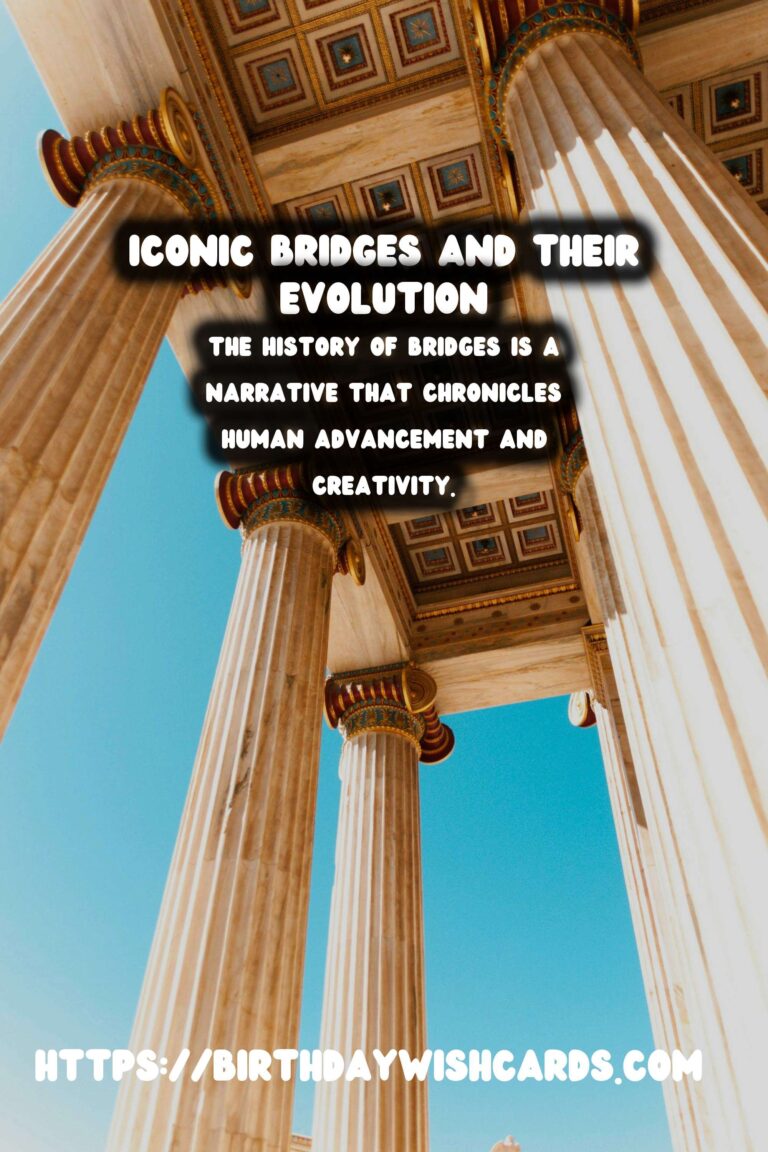
Bridges have long been a testament to human ingenuity and the desire to connect communities separated by geographical barriers. Spanning across ages, the evolution of bridge architecture showcases not only advancements in engineering but also the cultural and aesthetic ideals of their time.
The Roman Arches
The journey through the architectural history of bridges begins with the Romans. Renowned for their engineering prowess, the Romans were pioneers in constructing stone arch bridges, using natural materials to their advantage. The Pont du Gard in France stands as an exemplary model, boasting aesthetics and functionality. Roman arches provided the fundamental principles of distributing loads, a technique that remains relevant in bridge construction today.
Medieval to Renaissance: The Rise of the Vaulted Bridge
As we move into the medieval period, bridges began to evolve with the introduction of vaulting techniques. The Rialto Bridge in Venice exemplifies this era’s intermingling of engineering skill with artistic expression. The Renaissance brought forward the idea of bridges as works of art, providing not just utility but also cultural symbols of power and beauty.
The Industrial Revolution: Iron and Steel
The Industrial Revolution was a turning point in bridge architecture. The newfound strength of iron and steel unlocked new possibilities. The Iron Bridge of Shropshire, England, was among the first to utilize cast iron, heralding a new era in bridge design. Steel soon followed, and bridges like the Brooklyn Bridge in New York became icons of the modern skyline, embodying strength and expansion.
Modernism and Beyond: The Age of the Suspension and Cable-Stayed Bridges
Modern bridge architecture is characterized by bold designs and innovative techniques. The suspension and cable-stayed bridges symbolize this era’s attempt to push the boundaries of engineering. The Golden Gate Bridge in San Francisco and the Millau Viaduct in France are prime examples of how modern bridges are not just functional structures but also landmarks that define a city’s architectural landscape.
The Future: Sustainability and Innovation
Today, the focus is shifting towards sustainability, using materials and designs that minimize environmental impact. Innovations in materials such as carbon fiber and the development of smart bridges equipped with sensors are paving the way for the bridges of the future. These advances promise not only safer and longer-lasting bridges but also a reduced carbon footprint.
In conclusion, the history of bridges is a narrative that chronicles human advancement and creativity. From the practical Roman arches to the breathtaking spans of today, bridges are more than just connectors of land—they are monuments to human progress and symbols of cultural and technological evolution.
Bridges have long been a testament to human ingenuity and the desire to connect communities separated by geographical barriers. The history of bridges is a narrative that chronicles human advancement and creativity. 
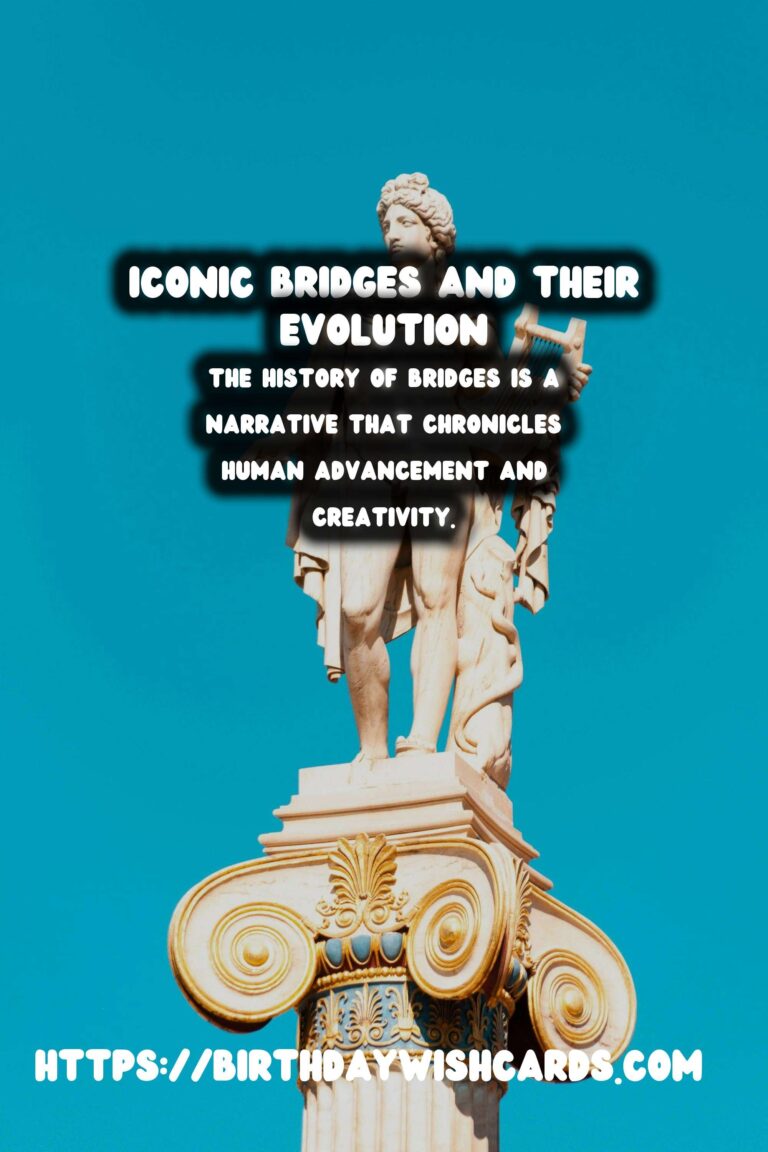
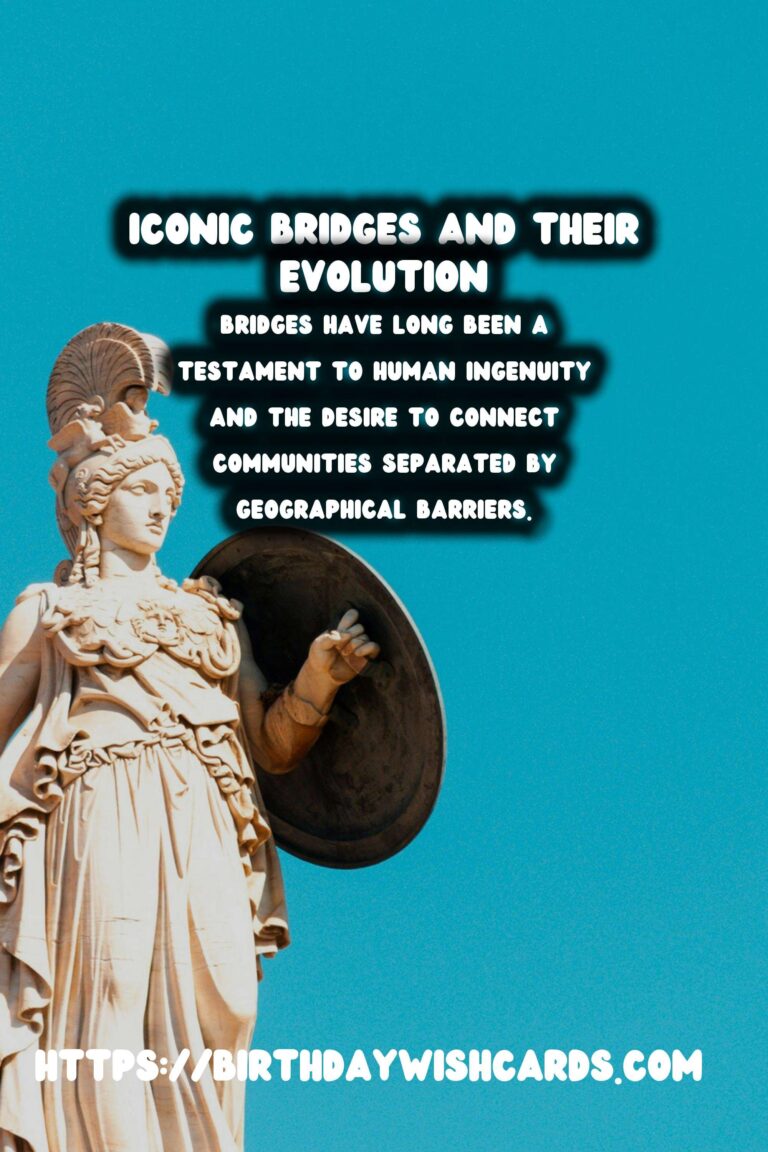
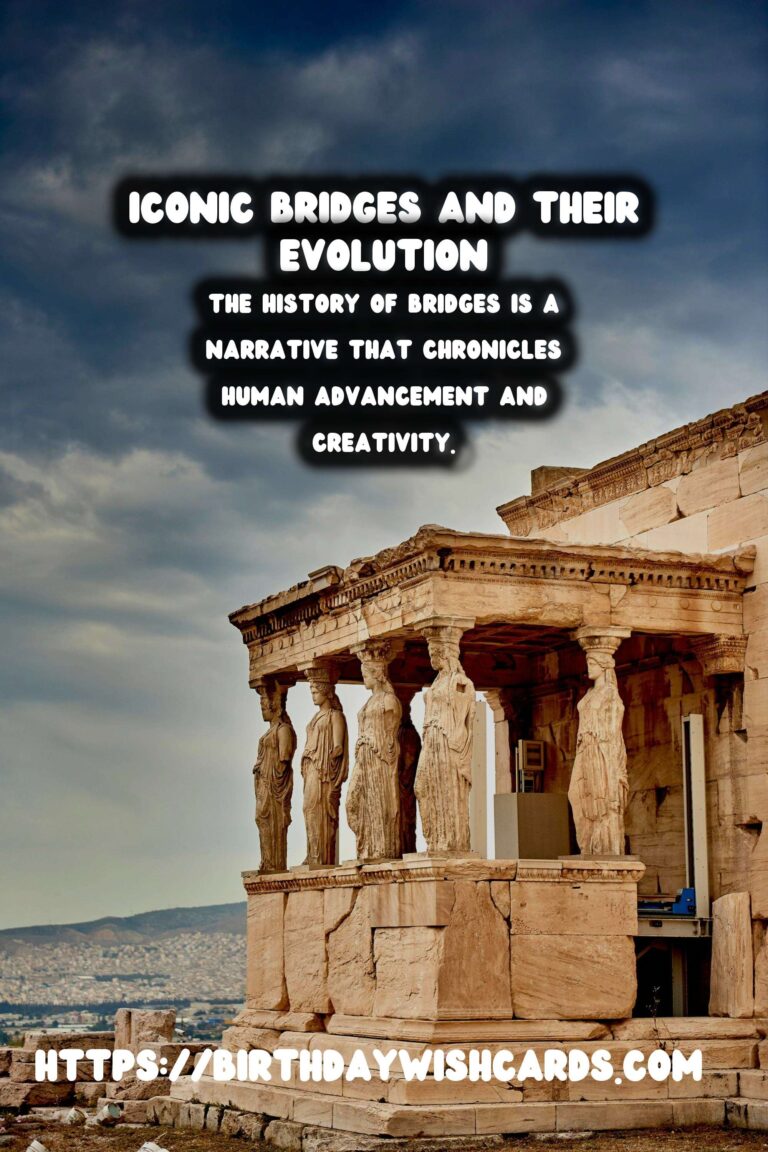
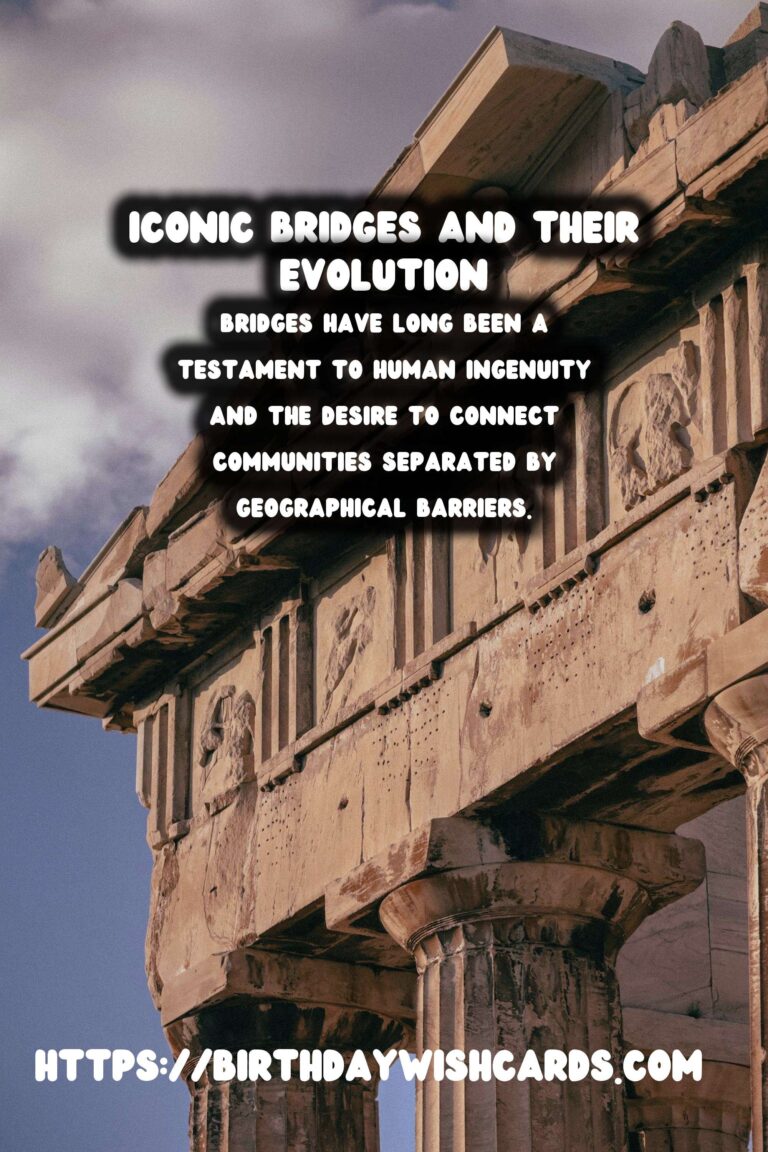
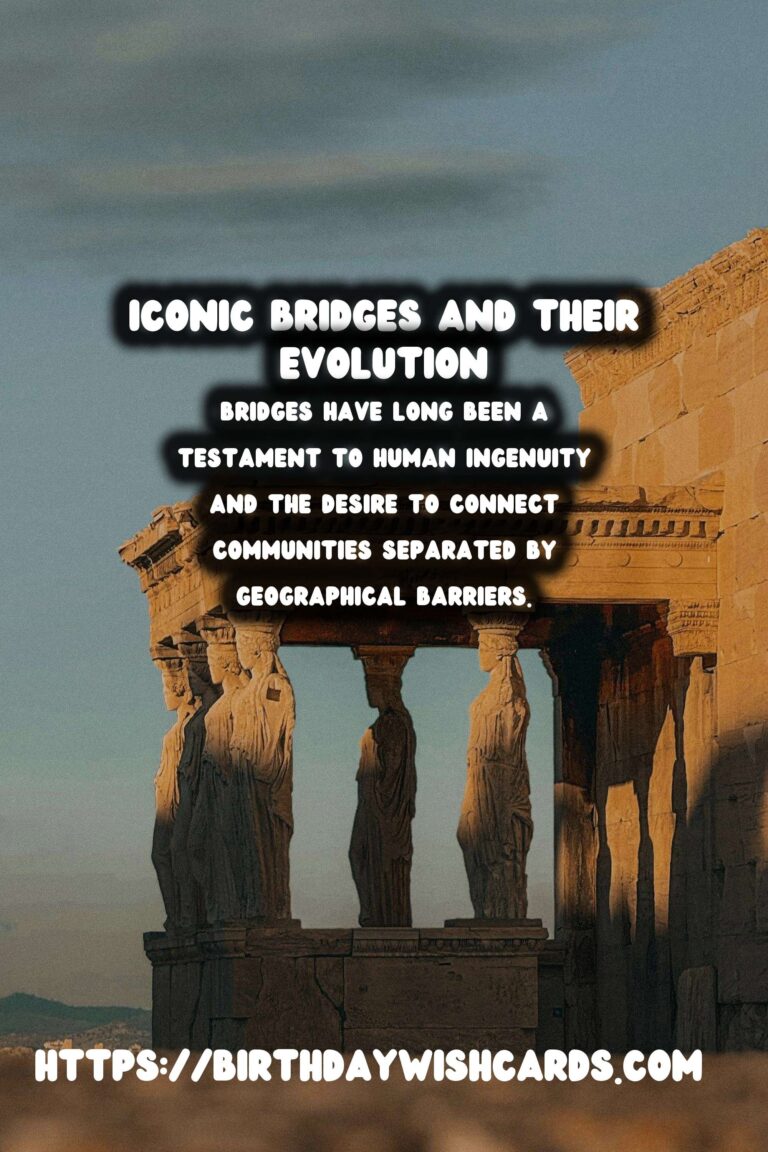
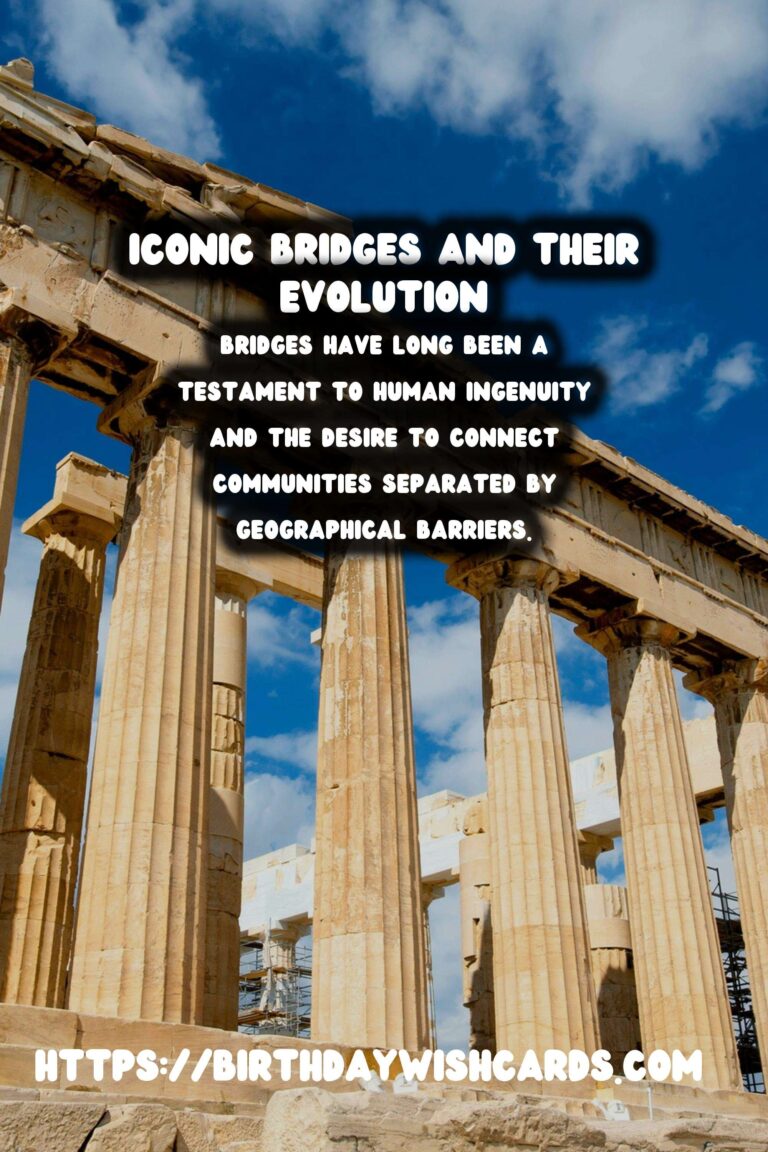
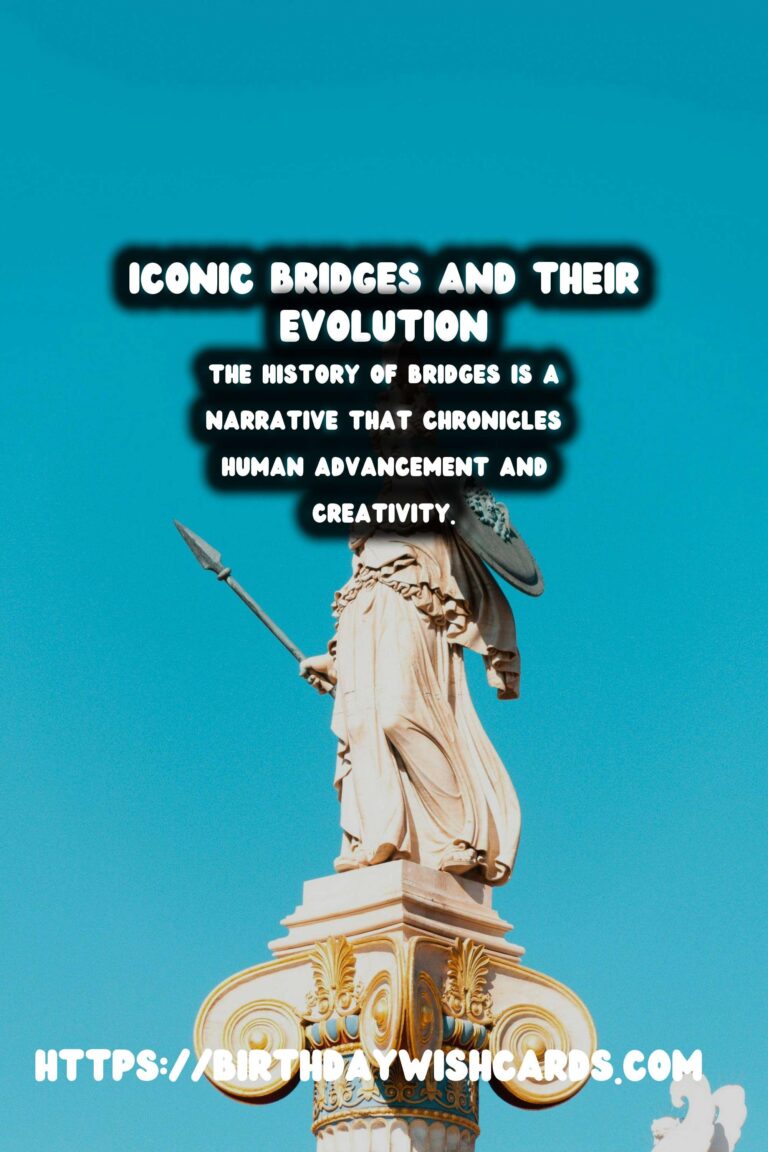
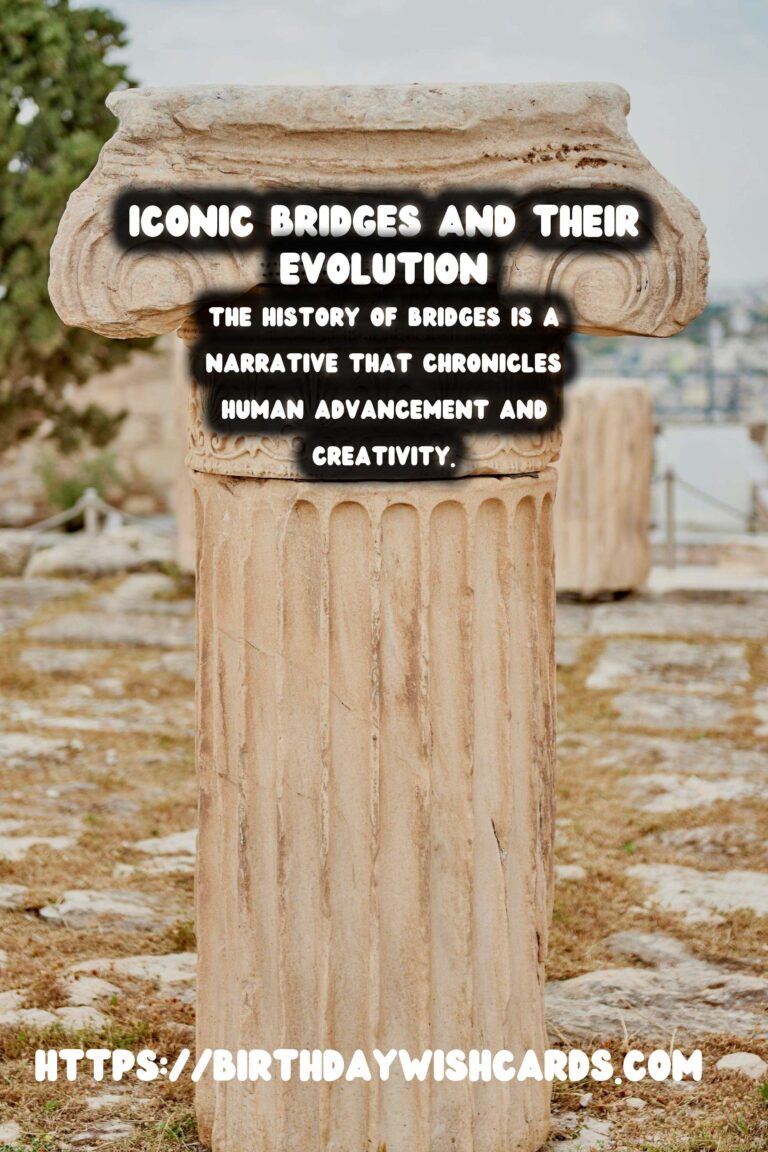
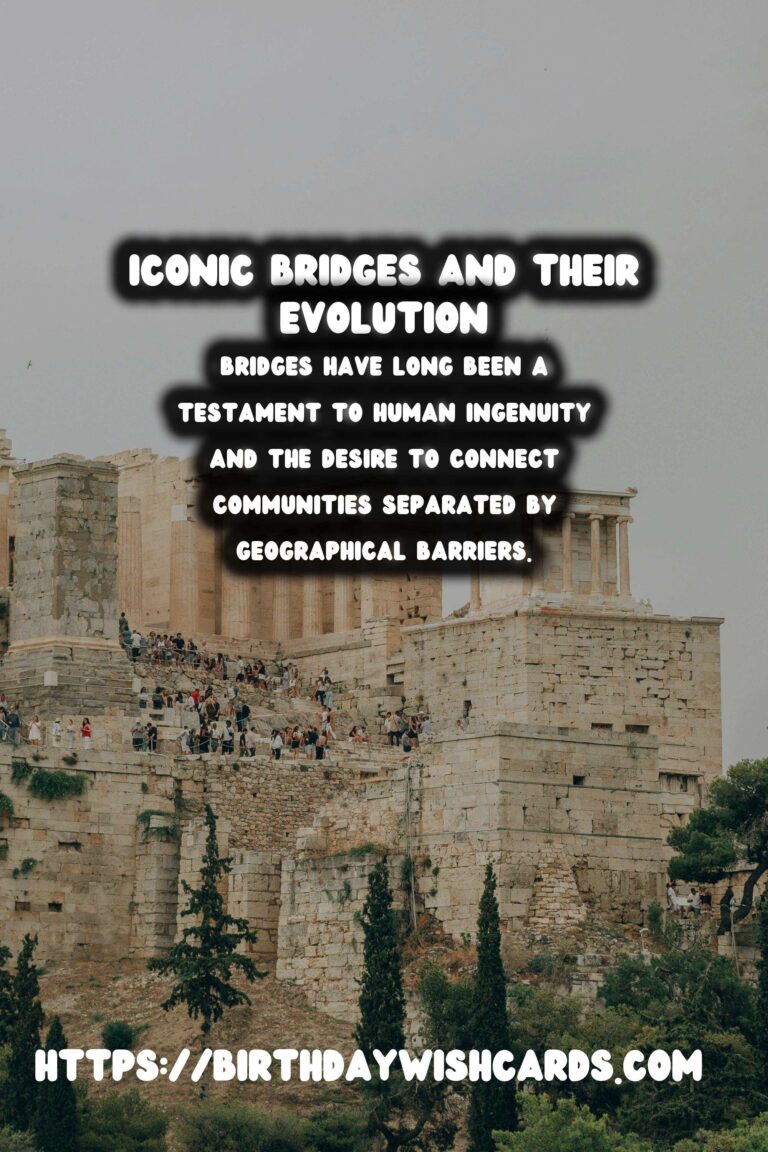
#Architecture #BridgeHistory




